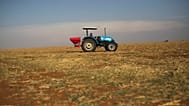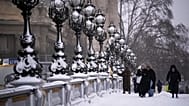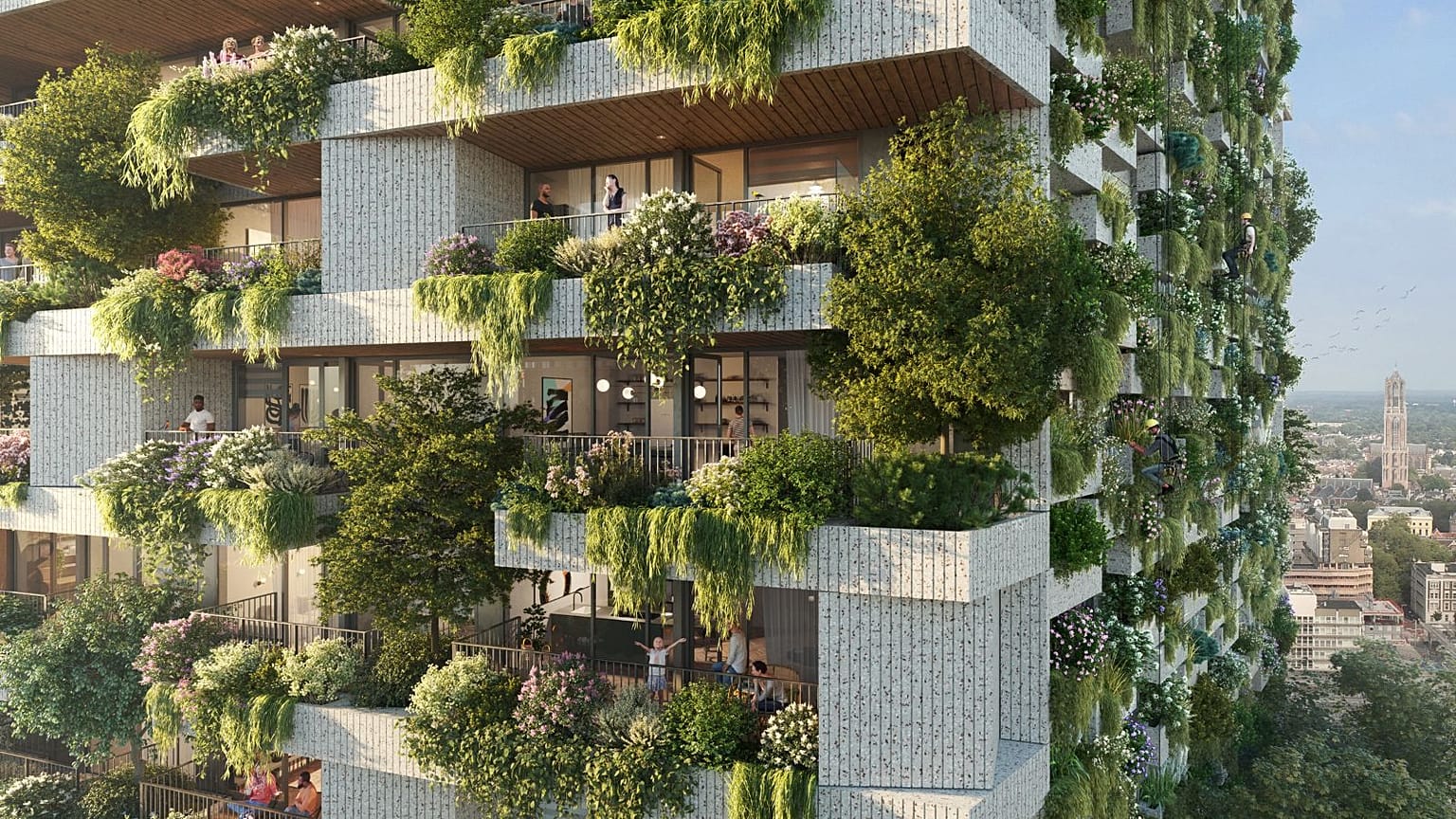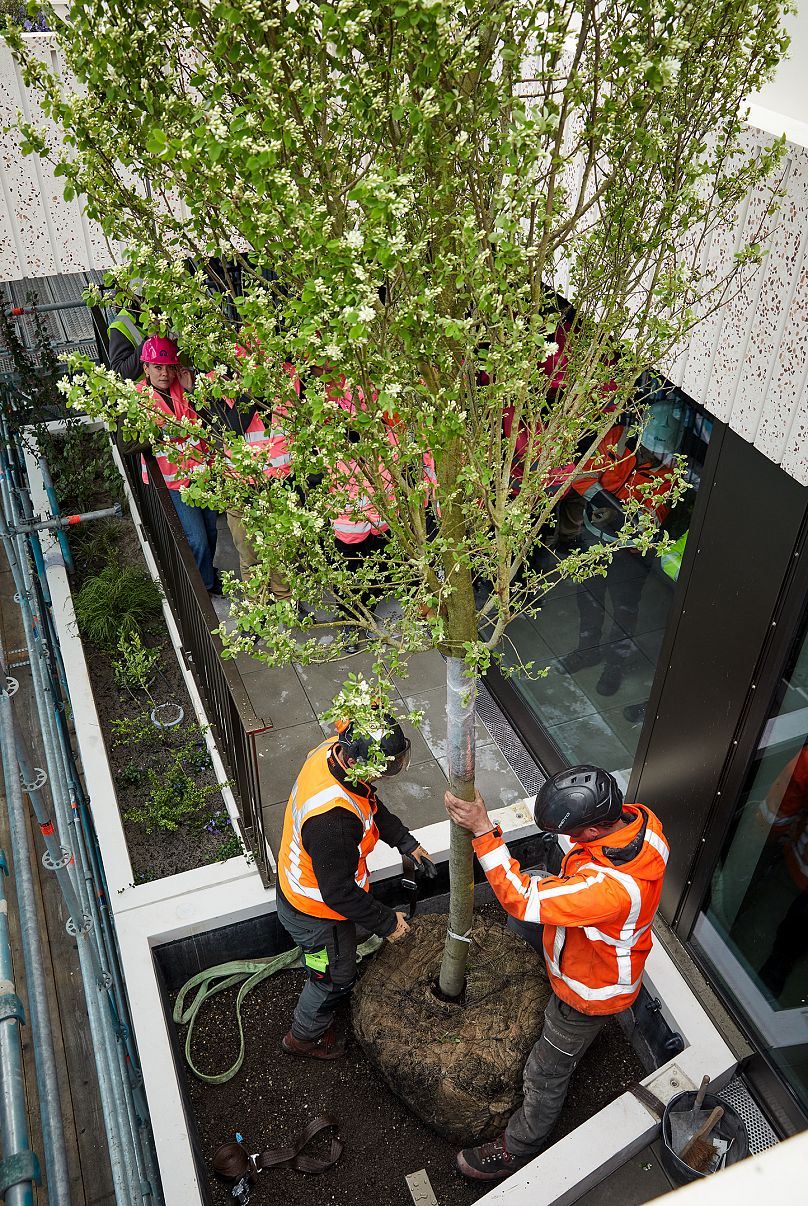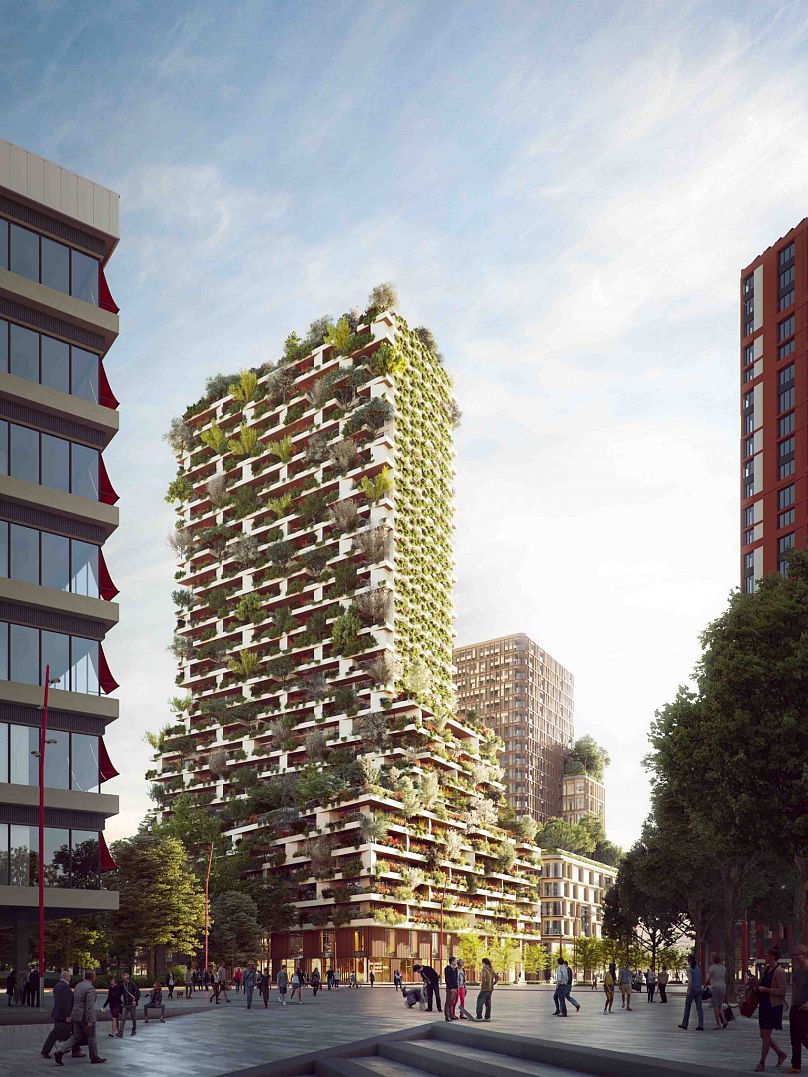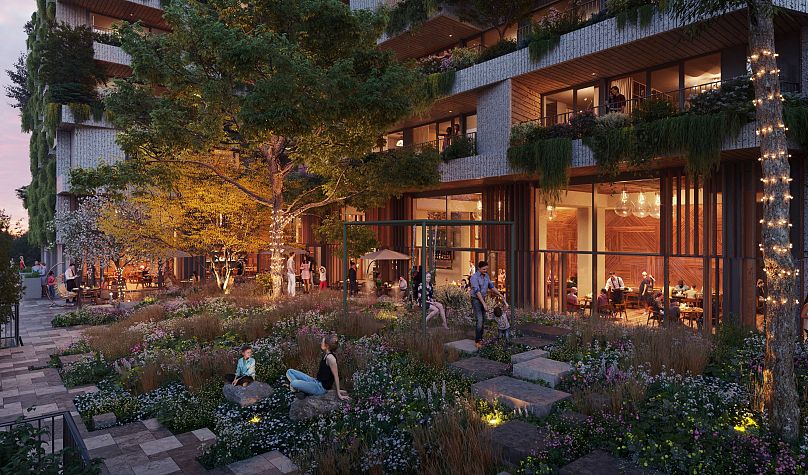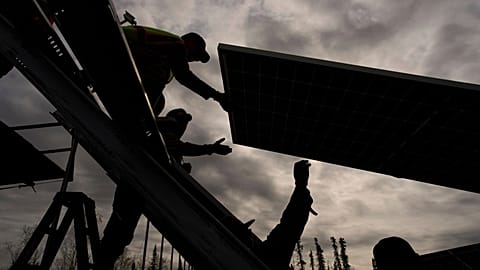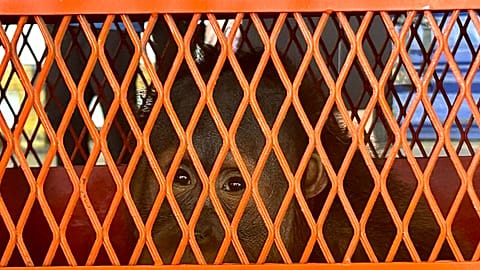Italian architect Stefano Boeri has received the European Lung Foundation (ELF) Award for improving urban air quality.
Stefano Boeri, the Italian architect behind Utrecht's living forest, has been awarded the European Lung Foundation (ELF) Award for his commitment to improving air quality in urban environments.
The 66-year-old stretched the world’s imagination with his first vertical forest in Milan a decade ago.
Utrecht is the latest city to get the green treatment from the celebrated architect, whose projects integrate living nature into the urban environment.
It starts with a currant bush and a pear tree: the first of 300 trees and 10,000 plants that will turn this Dutch tower block into a living forest.
Bosco Verticale in the Porta Nuova district inspired a new generation of urban reforestation projects, and Boeri’s architecture practice has since spread its design far and wide - from Italy to France, Switzerland to Albania, Cairo and Dubai.
The ‘Wonderwoods Vertical Forest’ is taking root in the Utrecht neighbourhood between Croeselaan and Jaarbeursboulevard, and will be ready for residents by summer 2024.
“It will be a model of virtuous integration between architecture and living nature, which we hope will be an instrument to be used in making cities ever greener,” says architect Francesca Cesa Bianchi, partner and project director at Stefano Boeri Architetti.
Boeri's green creations have been awarded for improving air quality with consequent positive effects on lung health. They also help cities fight the urban heat island effect.
Several international studies have shown that living and working in close contact with trees and plants can lead to lower levels of stress and improved physical and mental health, too.
What are the benefits of vertical forest buildings?
With 300 trees of 30 different species on its facade, and thousands of plants, the tower will hold the same vegetation as one hectare of forest.
This urban ecosystem is capable of producing around 41 tonnes of oxygen every year, the architects estimate, while sucking in CO2 and capturing fine dust particles.
As well as purifying the air, the plants dampen the noise pollution of the city. In summer, the shade of its foliage reduces the heat island effect - lowering the temperature on the facades and inside the building.
This has a significant impact on the local microclimate and the wellbeing of residents, especially as the risk of heatwaves increases due to climate change. People will feel the benefit of energy savings too, as less air conditioning is needed.
Inspired by the vegetation in the Utrechtse Heuvelrug National Park, with trees sourced from the Van den Berk nurseries, this special greenery requires some unique and local TLC too.
A group of 'flying gardeners' from the Royal Ginkel Group will abseil down from the top of the building to tend the tower’s non-human residents, as happens in Milan’s Bosco Verticale today.
Who is Wonderwoods Vertical Forest for?
The Wonderwoods project consists of two towers, 105 and 70 metres high, which will house residences and offices. It’s the taller tower (Tower A), which will become a vertical forest.
Overall the site will host 200 apartments of various types and 15,000 square metres of offices.
“The Wonderwoods Vertical Forest is a project we are particularly proud of, as it will host functions open both to the city and to residents,” says Cesa Bianchi.
“In this way, it will contribute to broadening knowledge of urban and vertical forestation, enabling more and more users to benefit from the positive effects associated with a close proximity to plants and trees.”
Utrecht isn’t the first Dutch city to get a vertical forest. Among the other projects by Stefano Boeri Architetti is the Trudo Vertical Forest which was built in Eindhoven in 2021.
The Eindhoven vertical forest was the first in the world to offer social welfare housing with reduced rents and designed to welcome young people and students.

